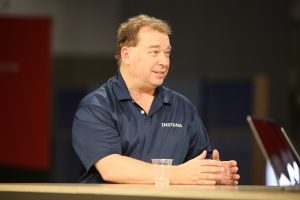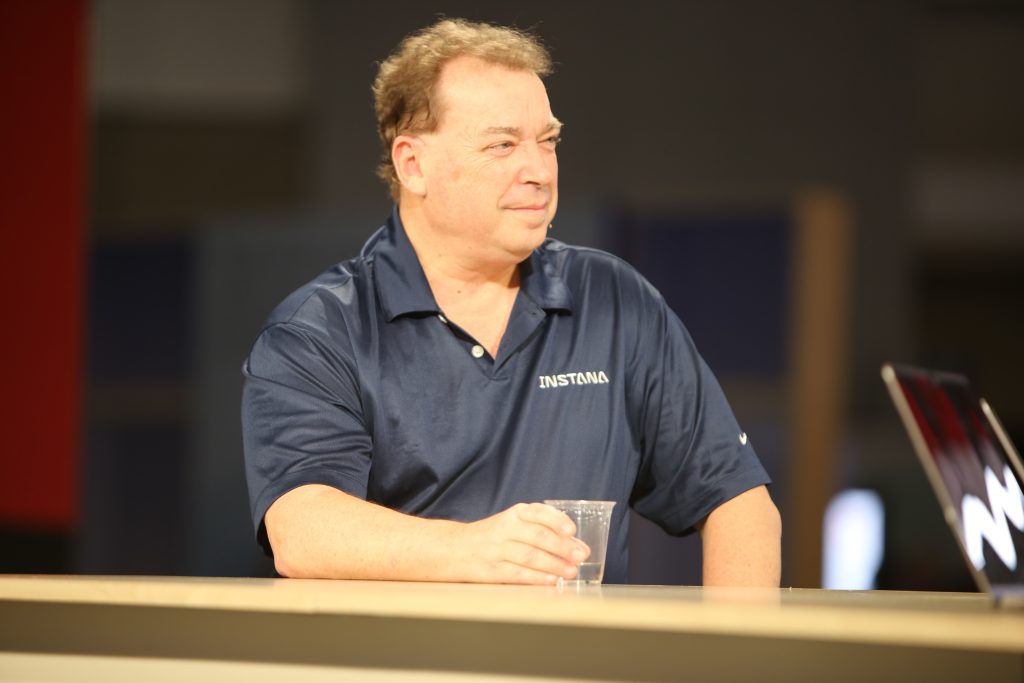A key promise of artificial intelligence is enabling automation at scale. As companies flesh out infrastructure requirements on one hand, how are they adopting the right mindsets on observability to properly shape tomorrow’s applications on the other?

IBM’s Chris Farrell discusses the company’s AI and observability methodologies.
IBM Corp.’s approach is two-pronged — automating applications with AI and creating a conducive environment, through observability, to manage them.
“What does automation mean for applications? What does AI mean for applications, and what does AI mean for managing those applications, and how do you manage it?” asked Chris Farrell (pictured), group product manager of Instana observability at IBM. “We’re focused on both those things at the same time, simultaneously. One of the things that we’re doing is putting AI into the observability aspect of managing the applications. We have recently released integration with watsonx to create summarizations of problems in plain English so that anyone can get a summarization and print it out.”
Farrell spoke with theCUBE’s Rob Strechay and Rebecca Knight at Red Hat Summit, during an exclusive broadcast on theCUBE, SiliconANGLE Media’s livestreaming studio. They discussed how AI, observability and automation at scale are converging to redefine how modern applications are built, monitored and optimized. (* Disclosure below.)
AI-powered observability key to automation at scale
Central to IBM’s approach is the integration of AI into observability tooling, particularly through Instana and its connection with watsonx. This powerful combination enables AI-generated problem summaries in plain English, simplifying issue triage for both technical and non-technical teams.
Additionally, IBM is taking steps toward AI-based remediation. With watsonx, problems can be detected and suggestions — or even automated actions — can be triggered to resolve them. This shift reduces the time between incident detection and resolution, enhancing uptime and operational efficiency, according to Farrell.
“Last month, we released a new version of that, where you can have watsonx generate actions for you, for something that you might not have seen before and that we haven’t necessarily curated for you,” he said. “That way, you can start taking advantage of what we’ve learned and know from previous incidents and actions that we’ve taken.”
Here’s the complete video interview, part of SiliconANGLE’s and theCUBE’s coverage of Red Hat Summit:
(* Disclosure: IBM Corp. sponsored this segment of theCUBE. Neither IBM nor other sponsors have editorial control over content on theCUBE or SiliconANGLE.)
Photo: SiliconANGLE
Your vote of support is important to us and it helps us keep the content FREE.
One click below supports our mission to provide free, deep, and relevant content.
Join our community on YouTube
Join the community that includes more than 15,000 #CubeAlumni experts, including Amazon.com CEO Andy Jassy, Dell Technologies founder and CEO Michael Dell, Intel CEO Pat Gelsinger, and many more luminaries and experts.
THANK YOU

